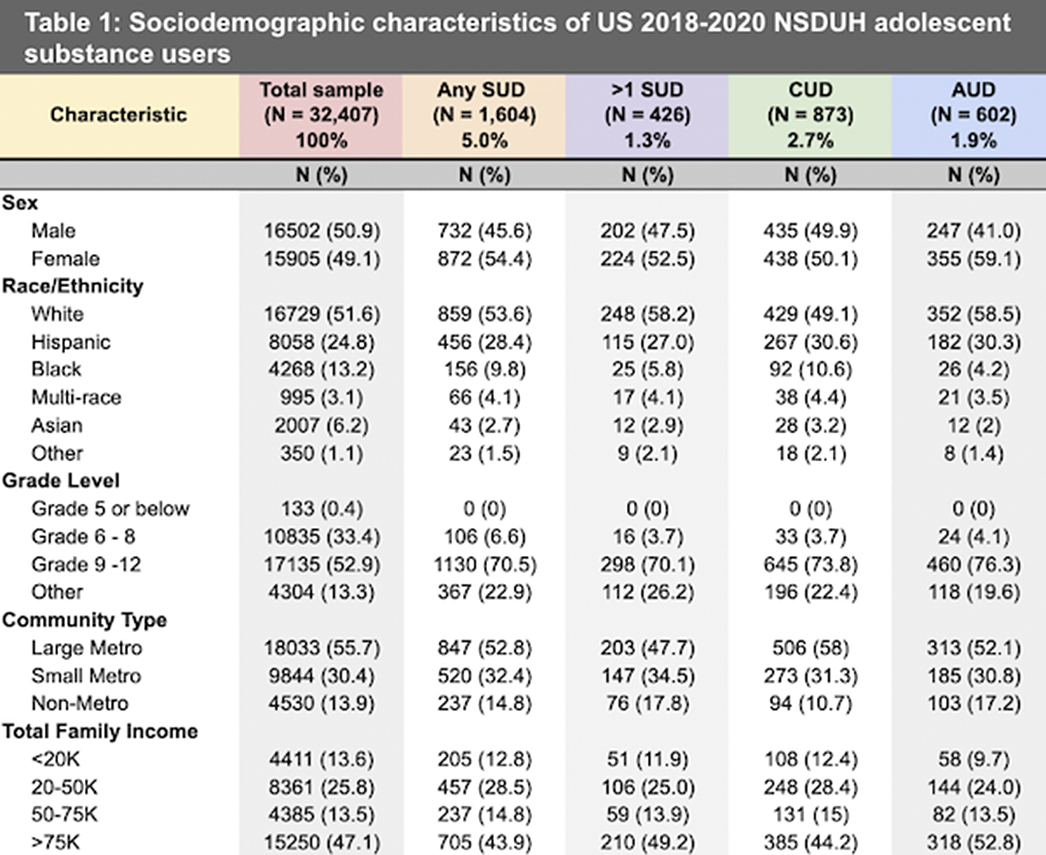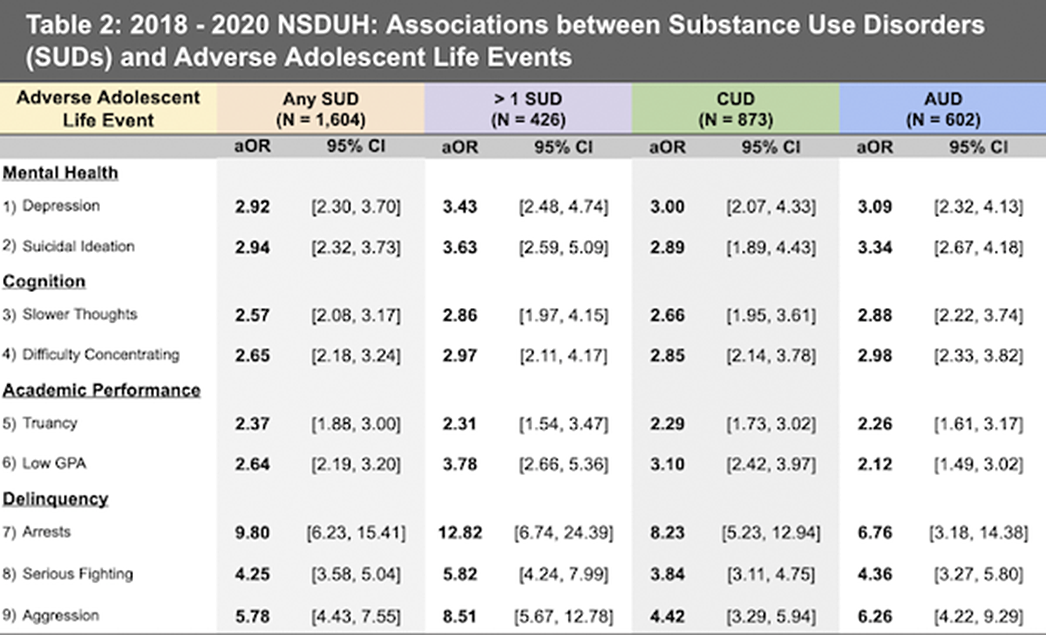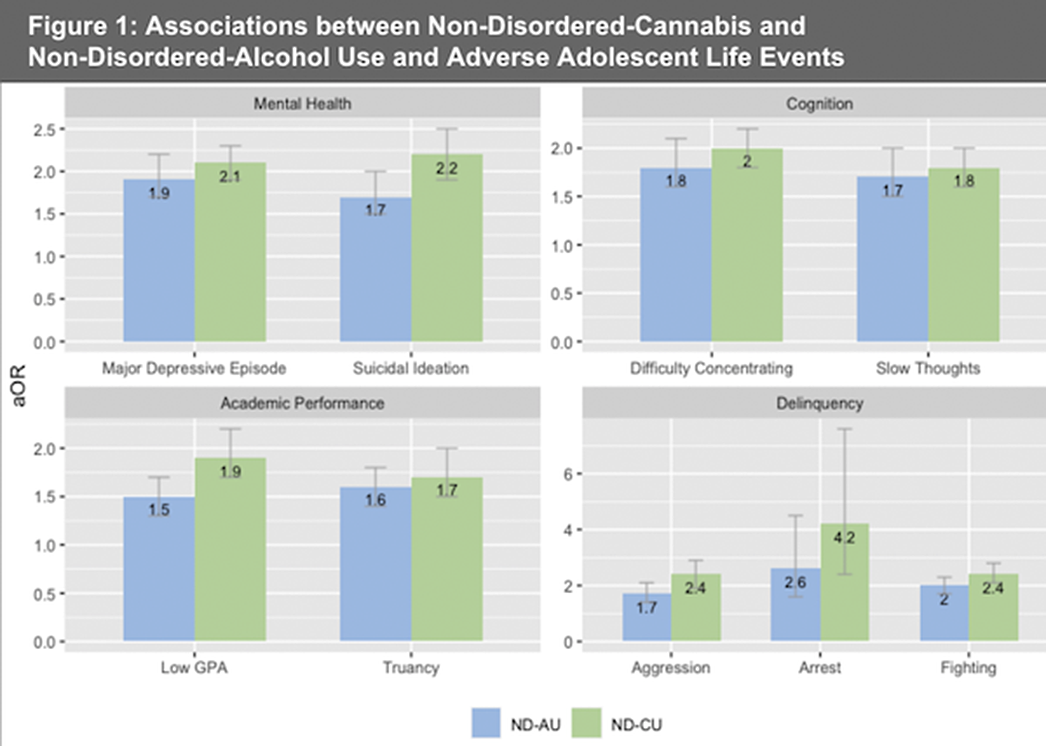653 results
Development and validation of a nonverbal consensus-based semantic memory paradigm in patients with epilepsy
-
- Journal:
- Journal of the International Neuropsychological Society , First View
- Published online by Cambridge University Press:
- 15 April 2024, pp. 1-9
-
- Article
-
- You have access
- Open access
- HTML
- Export citation
426 A Beat Away from Precision Medicine: Characterizing Human Cardiac Fibroblast Responsiveness to Hemodynamic Unloading in Heart Failure with Reduced Ejection Fraction
- Part of
-
- Journal:
- Journal of Clinical and Translational Science / Volume 8 / Issue s1 / April 2024
- Published online by Cambridge University Press:
- 03 April 2024, p. 127
-
- Article
-
- You have access
- Open access
- Export citation
Changes in the Properties of a Montmorillonite-Water System during the Adsorption and Desorption of Water: Hysteresis
-
- Journal:
- Clays and Clay Minerals / Volume 38 / Issue 5 / October 1990
- Published online by Cambridge University Press:
- 02 April 2024, pp. 485-492
-
- Article
- Export citation
Strengthening through adversity: The hormesis model in developmental psychopathology
-
- Journal:
- Development and Psychopathology , First View
- Published online by Cambridge University Press:
- 27 March 2024, pp. 1-17
-
- Article
-
- You have access
- Open access
- HTML
- Export citation
Effectiveness of a WHO self-help psychological intervention to alleviate stress among healthcare workers in the context of COVID-19 in China: a randomised controlled trial
-
- Journal:
- Epidemiology and Psychiatric Sciences / Volume 33 / 2024
- Published online by Cambridge University Press:
- 07 March 2024, e11
-
- Article
-
- You have access
- Open access
- HTML
- Export citation
Moment-based metrics for molecules computable from cryogenic electron microscopy images
-
- Journal:
- Biological Imaging / Volume 4 / 2024
- Published online by Cambridge University Press:
- 23 February 2024, e3
-
- Article
-
- You have access
- Open access
- HTML
- Export citation
Carbonate-Induced Structural Perturbation of Al Hydroxides
-
- Journal:
- Clays and Clay Minerals / Volume 57 / Issue 6 / December 2009
- Published online by Cambridge University Press:
- 01 January 2024, pp. 795-807
-
- Article
- Export citation
Thiourea-Induced Change of Structure and Color of Brick-Red Palygorskite
-
- Journal:
- Clays and Clay Minerals / Volume 66 / Issue 5 / October 2018
- Published online by Cambridge University Press:
- 01 January 2024, pp. 403-414
-
- Article
- Export citation
Examining psychotic experiences in two generations – findings from a rural household-based cohort study; the Lolland-Falster Health Study
-
- Journal:
- Psychological Medicine / Volume 54 / Issue 7 / May 2024
- Published online by Cambridge University Press:
- 24 November 2023, pp. 1382-1390
-
- Article
- Export citation
Potential neuropsychological mechanism involved in the transition from suicide ideation to action – a resting-state fMRI study implicating the insula
-
- Journal:
- European Psychiatry / Volume 66 / Issue 1 / 2023
- Published online by Cambridge University Press:
- 11 September 2023, e69
-
- Article
-
- You have access
- Open access
- HTML
- Export citation
Psychological effects of PTSD and major depression following the wildfires in Fort McMurray: A fifth-year post-disaster study
-
- Journal:
- European Psychiatry / Volume 66 / Issue S1 / March 2023
- Published online by Cambridge University Press:
- 19 July 2023, p. S472
-
- Article
-
- You have access
- Open access
- Export citation
Mental Health and Life Events among United States adolescents with Substance Use Disorders
-
- Journal:
- European Psychiatry / Volume 66 / Issue S1 / March 2023
- Published online by Cambridge University Press:
- 19 July 2023, pp. S99-S100
-
- Article
-
- You have access
- Open access
- Export citation
Post-Traumatic Stress Disorder in Fort McMurray: Prevalence and Correlates One Year After the Flood
-
- Journal:
- European Psychiatry / Volume 66 / Issue S1 / March 2023
- Published online by Cambridge University Press:
- 19 July 2023, p. S477
-
- Article
-
- You have access
- Open access
- Export citation
The Parkes Pulsar Timing Array third data release
-
- Journal:
- Publications of the Astronomical Society of Australia / Volume 40 / 2023
- Published online by Cambridge University Press:
- 19 July 2023, e049
-
- Article
-
- You have access
- Open access
- HTML
- Export citation
A cyclostratigraphic framework of the Upper Carboniferous Westoe and Cleaver formations in the southern North Sea Basin as a methodology for stratigraphic reservoir characterisation
-
- Journal:
- Netherlands Journal of Geosciences / Volume 102 / 2023
- Published online by Cambridge University Press:
- 18 July 2023, e9
-
- Article
-
- You have access
- Open access
- HTML
- Export citation
Accelerated protons with energies up to 70 MeV based on the optimized SG-II Peta-watt laser facility
-
- Journal:
- High Power Laser Science and Engineering / Volume 11 / 2023
- Published online by Cambridge University Press:
- 30 June 2023, e63
-
- Article
-
- You have access
- Open access
- HTML
- Export citation
A qualitative evaluation of frontline clinician perspectives toward antibiotic stewardship programs
-
- Journal:
- Infection Control & Hospital Epidemiology / Volume 44 / Issue 12 / December 2023
- Published online by Cambridge University Press:
- 29 March 2023, pp. 1995-2001
- Print publication:
- December 2023
-
- Article
-
- You have access
- Open access
- HTML
- Export citation
Depolarization of intense laser beams by dynamic plasma density gratings
-
- Journal:
- High Power Laser Science and Engineering / Volume 11 / 2023
- Published online by Cambridge University Press:
- 23 February 2023, e37
-
- Article
-
- You have access
- Open access
- HTML
- Export citation
53 - Community Corrections
-
-
- Book:
- The Encyclopedia of Rural Crime
- Published by:
- Bristol University Press
- Published online:
- 20 June 2023
- Print publication:
- 21 November 2022, pp 215-217
-
- Chapter
- Export citation
The dominant mechanisms for each regime of secondary flows in horizontal particle-laden pipe flows
-
- Journal:
- Journal of Fluid Mechanics / Volume 949 / 25 October 2022
- Published online by Cambridge University Press:
- 23 September 2022, A10
-
- Article
- Export citation









